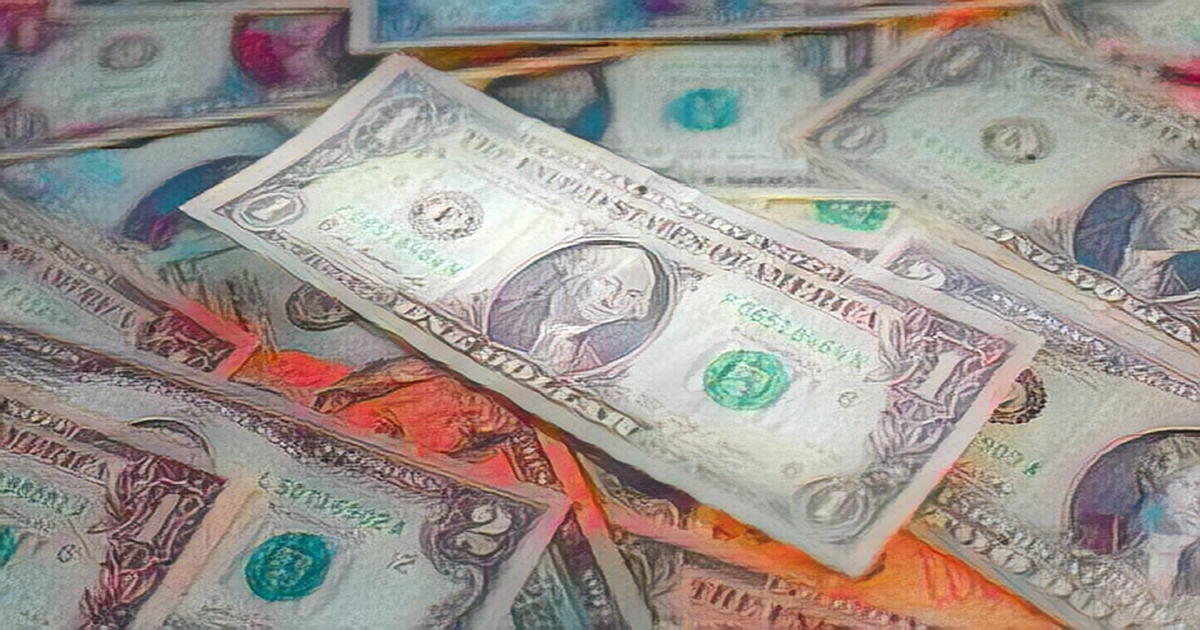
The dollar remained stable on the news of a jump in unemployment claims, with eyes on the Fed's prospects for a jobless recovery in the sector.
On Friday, the dollar dragged by lower U.S. Treasuries after a spike in weekly jobless claims raised traders' hopes that a peak in U.S. interest rates was imminent as traders looked to the upcoming week packed with central bank meetings.
The number of Americans filing new claims for unemployment benefits surged to the highest in more than 1 - 1 - 2 years last week, data on Thursday showed, though layoffs are probably not accelerating as the data covered the Memorial Day holiday, which could have injected some volatility.
Nevertheless, that was enough to knock the US dollar down to a more than two-week low against a basket of currencies in the previous session, as investors took the data as a sign that the U.S. labor market was slowing.
The dollar index was up 103.35 in early Asia trade on Friday, having lost more than 0.7% in the previous session, its largest daily decline in weeks.
The value of the dollar compared to the Japanese yen dropped to a one-week low of 138.765, reflecting a slide in U.S. Treasury yields.
The benchmark 10 year Treasury yield remained at 3.7295% after falling 7 basis points on Thursday. The two-year yield, which usually rotates in step with interest rate expectations, remained at 4.5210%. We do believe that the U.S., like many other nations, will go through a shallow recession this year. So that'll show up in payrolls numbers and jobless claims and these sorts of numbers, said Jarrod Kerr, chief economist at Kiwibank.
sterling reached a near one-month high of $1.264, while the kiwi last bought $0.6095.
The Turkish lira weakened against the dollar to a record low of 23.54.
The upcoming week will see the Federal Reserve, the European Central Bank ECB and the Bank of Japan BOJ announce their interest rate decisions following their respective policy meetings.
The Fed takes centre stage, with money markets leaning toward a pause, though they have priced in a 25 bps rate hike, with the central bank delivering a 25 bps rate hike.
Guillermo Felices, a global investment strategist at PGIM Fixed Income, said a slowing U.S. economy gives the Fed room to pause after 500 bp of consecutive interest rate rises.
The main concern for markets is whether the Fed will skip a hike in June and resume its tightening campaign in July. The ECB is expected to hike its key interest rates by 25 bps on June 15 and again in July, before pausing for the rest of the year.
The euro was still stable at $1.0782, flirting with Thursday's over two-week high of $1.0787.
The Canadian dollar last bought C $1.3365, not far away from its one-month high of C $1.3321 hit on Wednesday, while the Aussie was near a roughly one-month peak at $0.6711.
Both currencies have gained support from surprise rate increases by their respective central banks this week, causing markets to reflect their expectations for a peak in global interest rates.
